Art of Wine and Food Pairing: A Guide to Perfect Matches.
- 2024-03-07 05:00:00
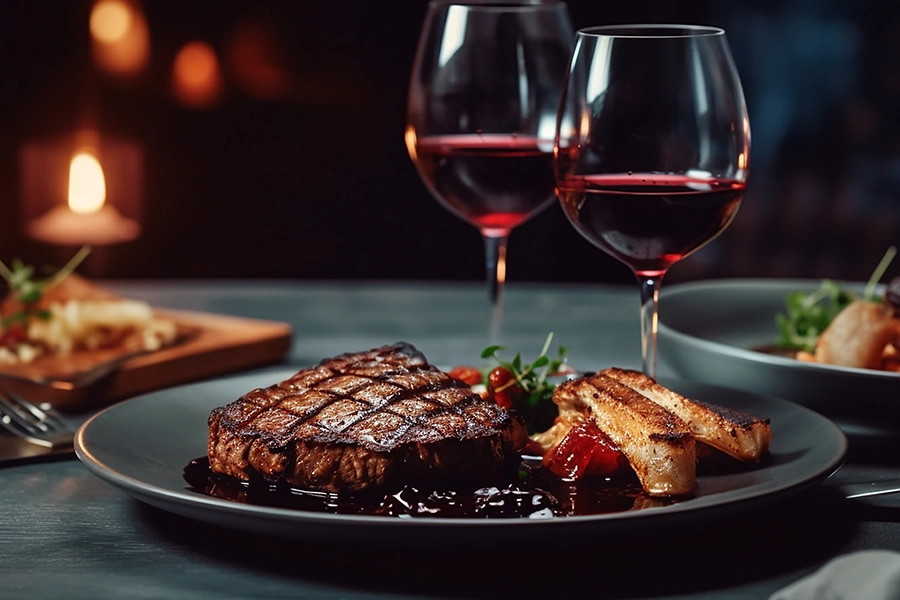
Art of Wine and Food Pairing: A Guide to Perfect Matches
Pairing wine with food is like composing a symphony of flavors, where each element harmonizes to create a culinary masterpiece. Whether you're planning a special dinner or simply looking to enhance your everyday meals, mastering the art of wine and food pairing can elevate your dining experience to new heights. Here's a guide to help you navigate the world of flavor combinations and create perfect matches every time.
- Consider Intensity: When pairing wine with food, consider the intensity of both the dish and the wine. Light-bodied wines, such as Sauvignon Blanc or Pinot Noir, pair well with delicate dishes like seafood or salads, while full-bodied wines like Cabernet Sauvignon or Syrah complement heartier fare such as grilled meats or rich sauces.
- Balance Sweetness: Sweetness in food can either contrast or complement the sweetness in wine. For example, a dry Riesling can balance the sweetness of spicy Asian cuisine, while a rich dessert wine like Sauternes can enhance the flavors of a decadent dessert like crème brûlée.
- Match Acidity: Acidity in wine can cut through rich or fatty foods, cleansing the palate and refreshing the taste buds. High-acid wines like Chardonnay or Champagne pair well with creamy dishes like risotto or cheese, while acidic foods like tomatoes or citrus-based sauces complement wines with similar acidity levels.
- Consider Flavor Profiles: Pay attention to the flavor profiles of both the food and the wine when pairing. For example, earthy wines like Pinot Noir or Nebbiolo can enhance the earthiness of dishes like mushrooms or truffles, while fruity wines like Merlot or Zinfandel can complement the sweetness of barbecue sauces or fruit-based dishes.
- Match Regional Pairings: Pairing wines with dishes from the same region can create harmonious flavor combinations. For example, pair Italian Chianti with pasta dishes or Spanish Rioja with tapas for authentic regional pairings that celebrate the flavors of the cuisine.
- Experiment with Contrasts: Don't be afraid to experiment with contrasting flavor combinations to create dynamic pairings. For example, pairing a spicy curry with a sweet Gewürztraminer or a tangy goat cheese with a crisp Sauvignon Blanc can create exciting flavor contrasts that stimulate the palate.
- Consider the Sauce: When pairing wine with dishes that have a sauce or dressing, consider the dominant flavors in the sauce. For example, pair a tomato-based pasta sauce with a Sangiovese-based Chianti or a creamy Alfredo sauce with a buttery Chardonnay for complementary flavor pairings.
- Trust Your Palate: Ultimately, the best wine and food pairings are subjective and based on personal taste preferences. Trust your palate and experiment with different combinations to discover what works best for you.
By following these guidelines and experimenting with different flavor combinations, you can master the art of wine and food pairing and create memorable dining experiences that delight the senses and tantalize the taste buds. Cheers to the perfect match!
Richard Parker, California
-
Recent Posts
-

Tequila, the elixir of agave, transcends mere libation to become a symphony of science, art, and alchemy. Join us on an expedition through the intricate world of tequila, where molecules mingle, flavors...
-
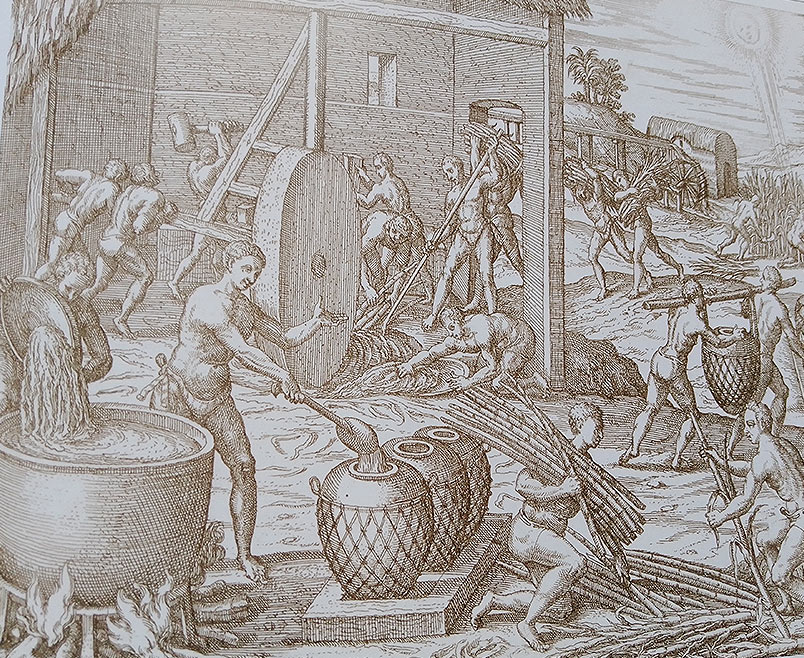
Rum, with its rich flavors and storied past, has woven itself into the tapestry of cultures and traditions around the world. From its origins in the sugarcane fields of the Caribbean to...
-
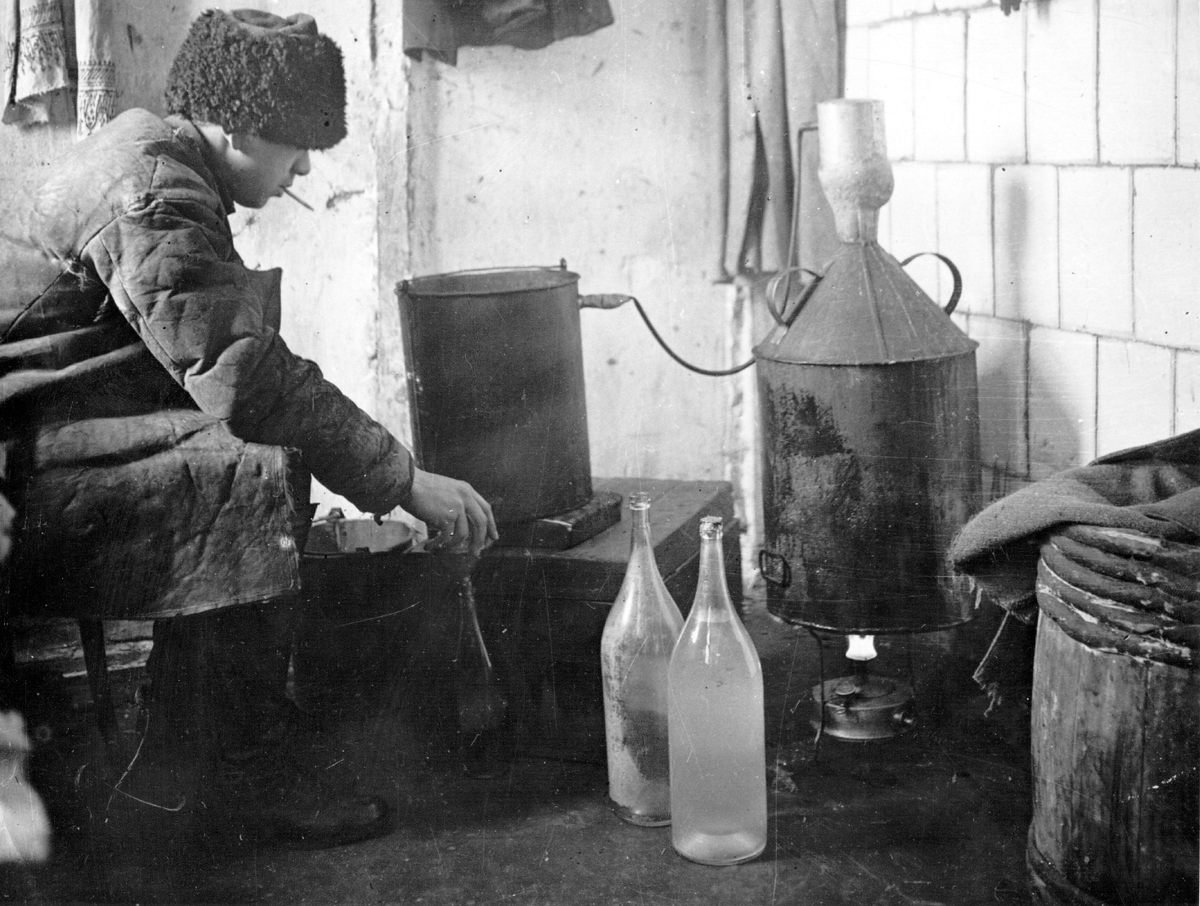
Vodka, with its clear, pure appearance and versatile nature, has a history as fascinating and diverse as the cultures that have embraced it. From its mysterious origins in Eastern Europe to its...
-

Whisky, with its complex flavors and rich heritage, has captured the hearts and palates of people around the world for centuries. From its humble beginnings in ancient civilizations to its global prominence...
-
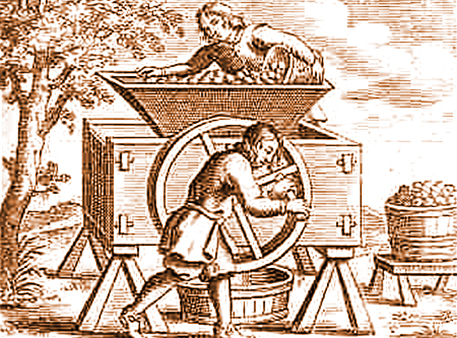
Cider, with its crisp and refreshing taste, has a history as rich and diverse as the apples from which it's made. From its ancient roots to its modern resurgence, cider has been...
-
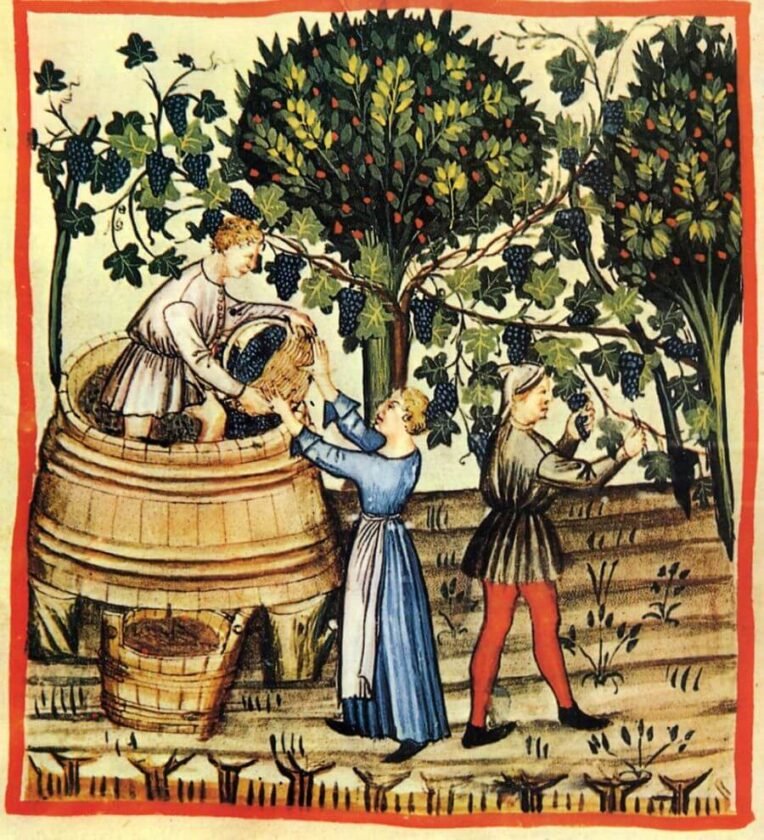
Wine, with its rich tapestry of flavors, aromas, and cultural significance, has been an integral part of human history for millennia. From its humble origins in ancient Mesopotamia to its global prominence...
-
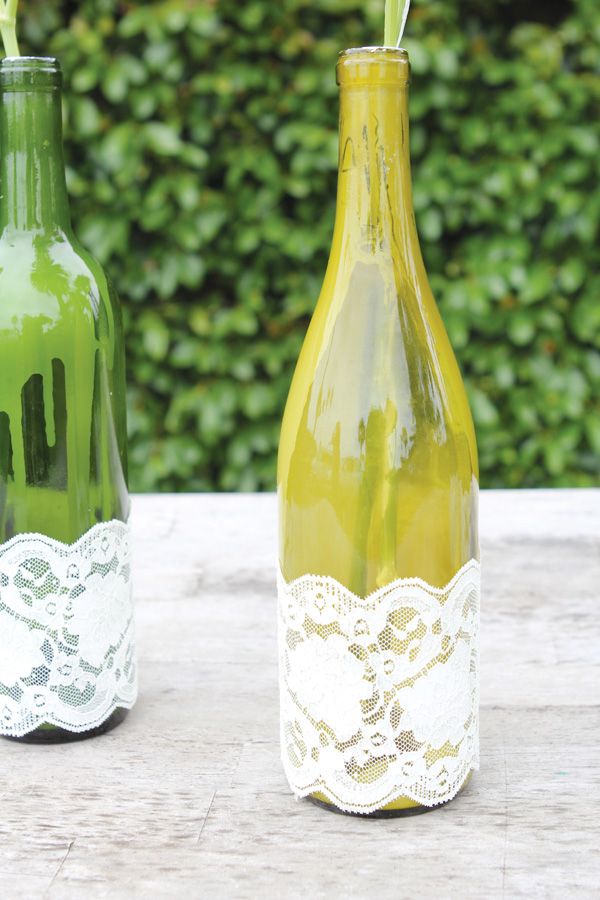
Wine isn't just for drinking—it's also a versatile and inspiring medium for crafting and décor. Whether you're looking to add a touch of wine-inspired charm to your home or seeking unique gift...
-
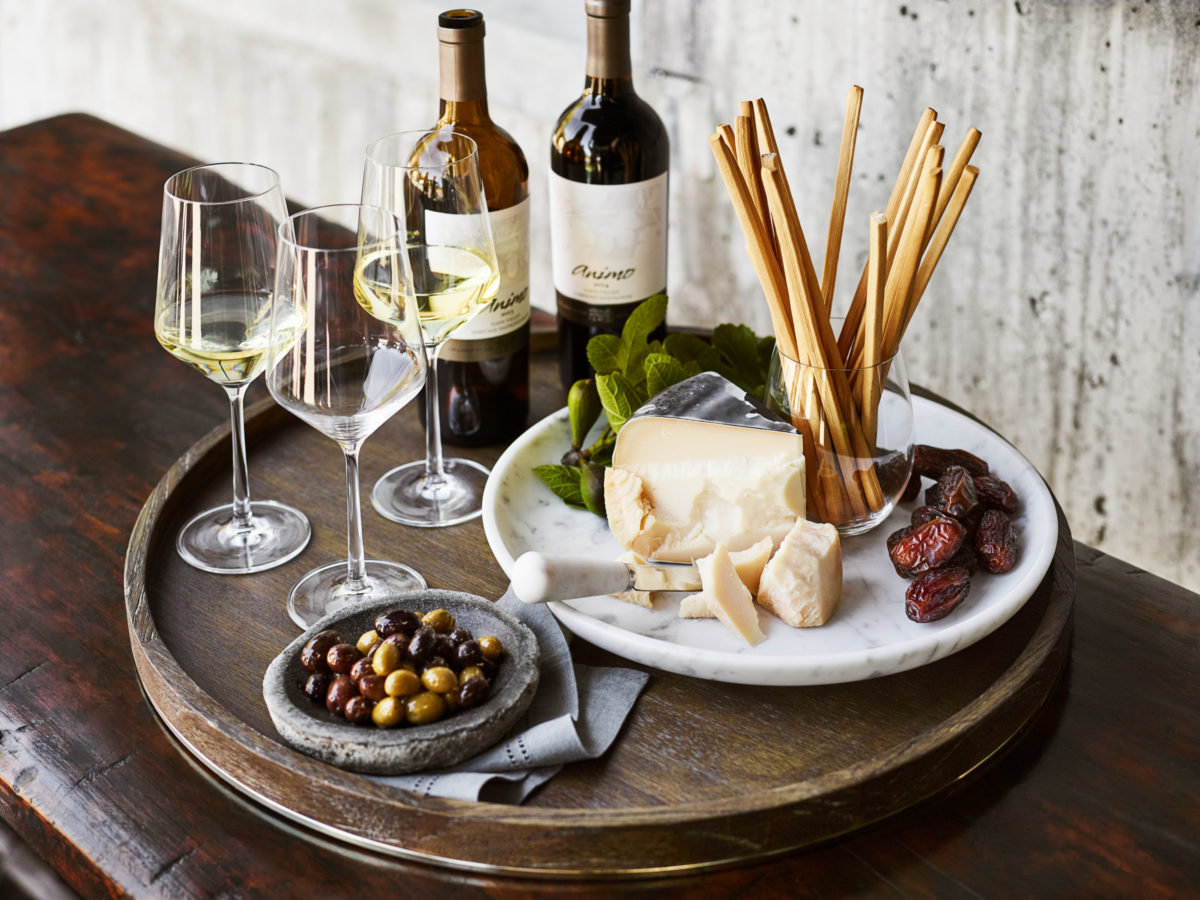
There's no better way to explore the world of wine than by gathering friends and loved ones for a wine tasting party. Whether you're a seasoned oenophile or a curious novice, hosting...
-
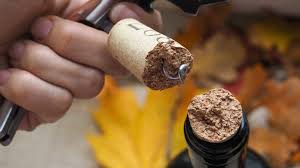
Wine, with its complexity and nuance, is a beverage cherished for its ability to delight the senses and evoke a myriad of flavors and aromas. However, like any agricultural product, wine is...
-
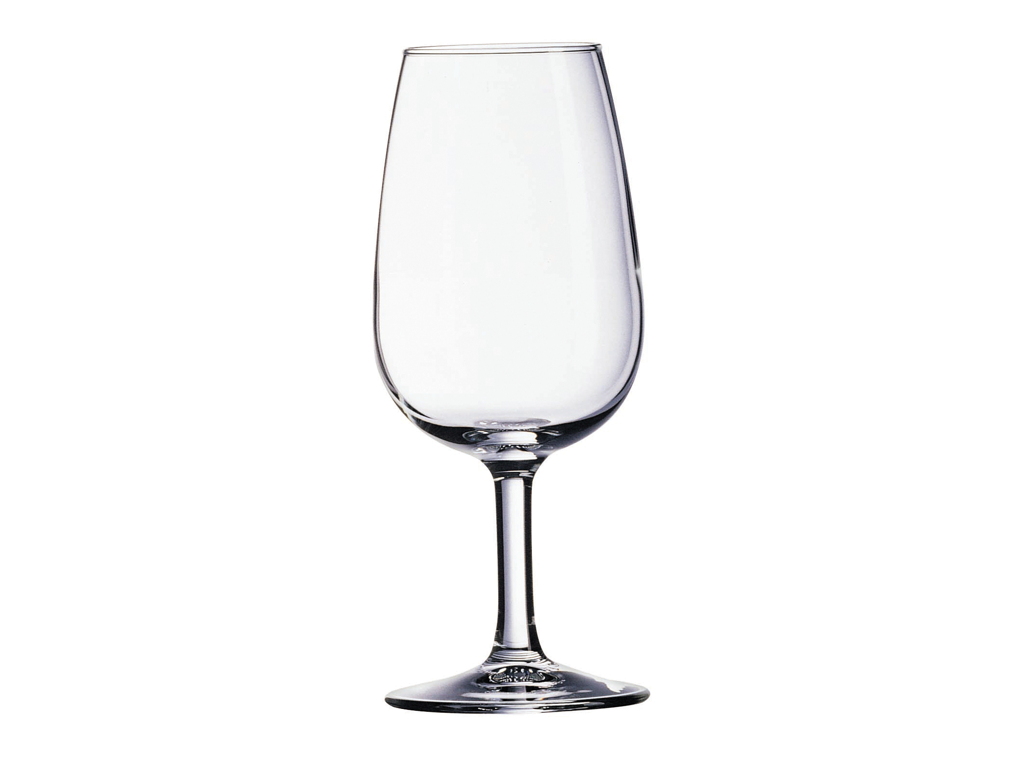
Selecting the right wine glass can significantly enhance your enjoyment and appreciation of wine, allowing you to fully experience its aromas, flavors, and nuances. With a wide array of shapes, sizes, and...
-

Nestled in the picturesque hills of the Veneto region in northeastern Italy lies the charming town of Conegliano, renowned as the birthplace of Prosecco and the epicenter of Italy's thriving sparkling wine...
-

Champagne, the quintessential sparkling wine synonymous with celebration and luxury, is crafted through a meticulous and time-honored winemaking method known as the Méthode Champenoise. From grape to glass, the journey of Champagne...